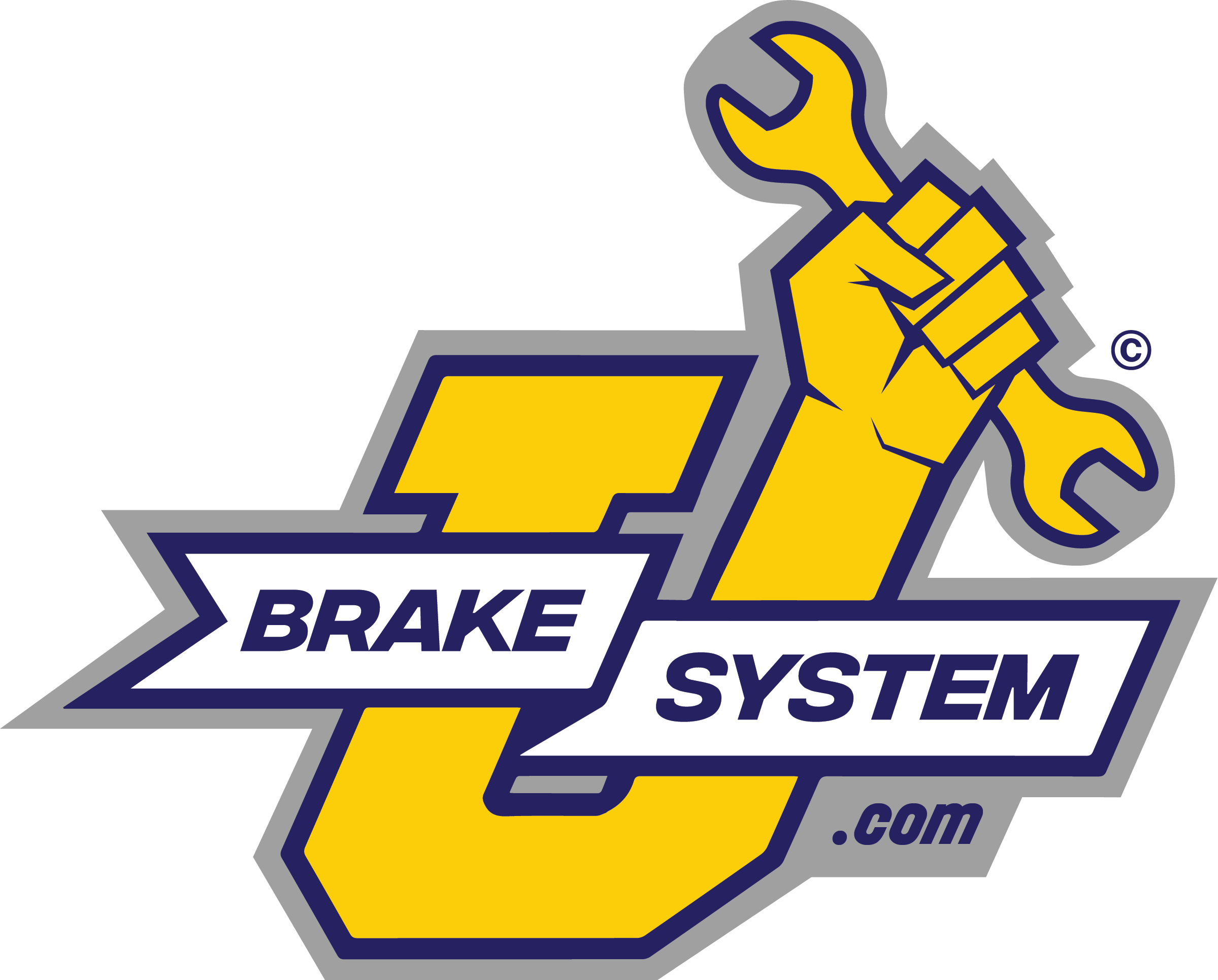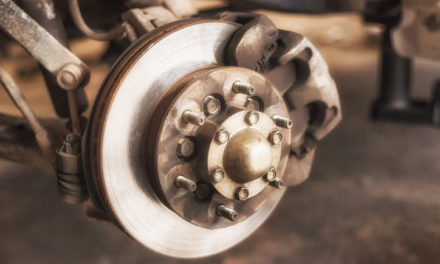Your car’s brakes are the hardest working safety system on your vehicle. While inside the cabin you use the brake pedal to stop the car, underneath there are a bunch of parts like brake lines that require regular maintenance and replacement to ensure that you and your family stay safe and in control. Check out this FAQ and get up to speed on which parts must not be neglected during your next maintenance visit.
1. Brake Pads
The pads are the part of the brakes that are intended to wear out the fastest. Their abrasive structure provides the friction needed to bring your car to a controlled stop. A worn brake pad can result in longer stopping distances and may potentially crack in two, causing complete brake failure. Replace your pads every 20,000 to 30,000 miles or when the wear indicator begins to grind as you apply the brakes.
2. Brake Rotors
The rotor spins with the wheel. When you press the brake pedal, the pads are pressed against the rotor. Over time, the rotor will develop grooves or warp, causing vibration while stopping. An unbalanced rotor can cause uneven wear on the pads and prevent your braking system from working effectively. Brake rotors should be replaced every 50,000 to 70,000 miles or when uneven wear is seen on the surface.
3. Brake Calipers
The calipers use the brake fluid to press the pads against the rotor with every deceleration cycle. The pistons are protected by a flexible rubber boot and gaskets. Once the rubber begins to fail, dirt can get into the caliper assembly causing corrosion and creating an uneven surface on the rotor. Your brake calipers generally outlast the pads and rotors, but once you pass the 75,000-mile mark, you will want to keep a close eye on them and replace them as needed.
4. Brake Hose
The brake hose is a flexible piece that runs from the fixed brake line to the caliper and provides a path for the hydraulic brake fluid. Just as other flexible parts in your powertrain like the serpentine belt, the brake hose can become brittle and cracked with age. It is the first place to look when you detect a brake fluid leak. The hose may need to be replaced as early as 50,000 miles.
5. Master Cylinder
Your brake system is a closed system, which means that it contains a set amount of brake fluid that never changes unless there is a leak. The fluid is pushed through the lines every time you hit the brakes. When your foot is off the pedal, the fluid requires a place to go until it is needed again. The Master Cylinder includes a moving piston and a reservoir to store the fluid. If you experience a sudden loss of braking or an intermittent problem, the master cylinder may have failed. The best maintenance for the master cylinder is to regularly change out the brake fluid every 30,000 to 50,000 miles.
6. Brake Lines
There are no moving parts on the brake lines, but they are often overlooked when inspecting the brake system. Made out of steel, with a polyvinyl fluoride coating, or a nickel-copper alloy, they are attached to the undercarriage of your car or truck. They are designed to resist corrosion and damage from dust and sand. However, after your vehicle has been on the road for more than six years, you will need to keep an eye out for cracks, leaking connections, and malformations due to an impact. Catastrophic failure of your brake lines will result in a complete loss of braking control.
7. Brake Fluid
Unlike your oil, checking the brake fluid is not commonly listed on maintenance checklists. It should be. Even in a closed system, brake fluid can boil off when operating under extreme conditions. It only takes a minute to check the brake fluid level in the master cylinder reservoir. Low fluid is a clear indication of a leak or that the fluid has broken down and needs replacing. Changing the brake fluid is recommended every 30,000 miles to ensure proper operation of the entire system.
8. Anti-Lock Brake Sensor
Almost every car that rolls off a new dealer lot these days comes equipped with an anti-lock braking system. Sensors are located in the wheel assembly and detect wheel speed. If a loss of traction is noted due to a variance in the speed of one wheel compared to another, the computer will rapidly pulse the brakes and help you to retain control under heavy deceleration. While ABS warning lights are common, some vehicles will simply show you a check engine light when a sensor fails. But one bad sensor will turn off the entire ABS system. This could result in catastrophic injury that could be avoided with a properly functioning system.











Trackbacks/Pingbacks